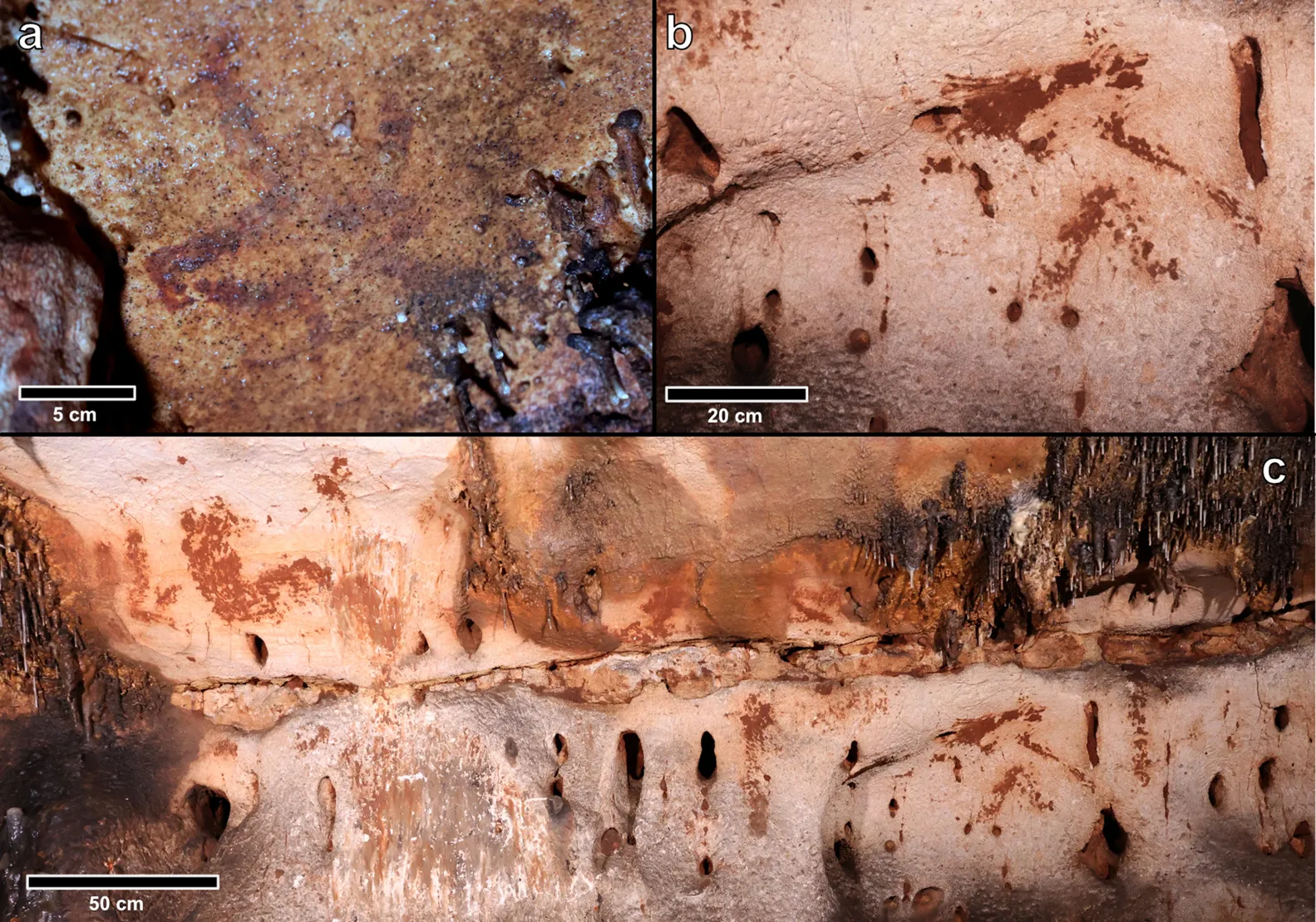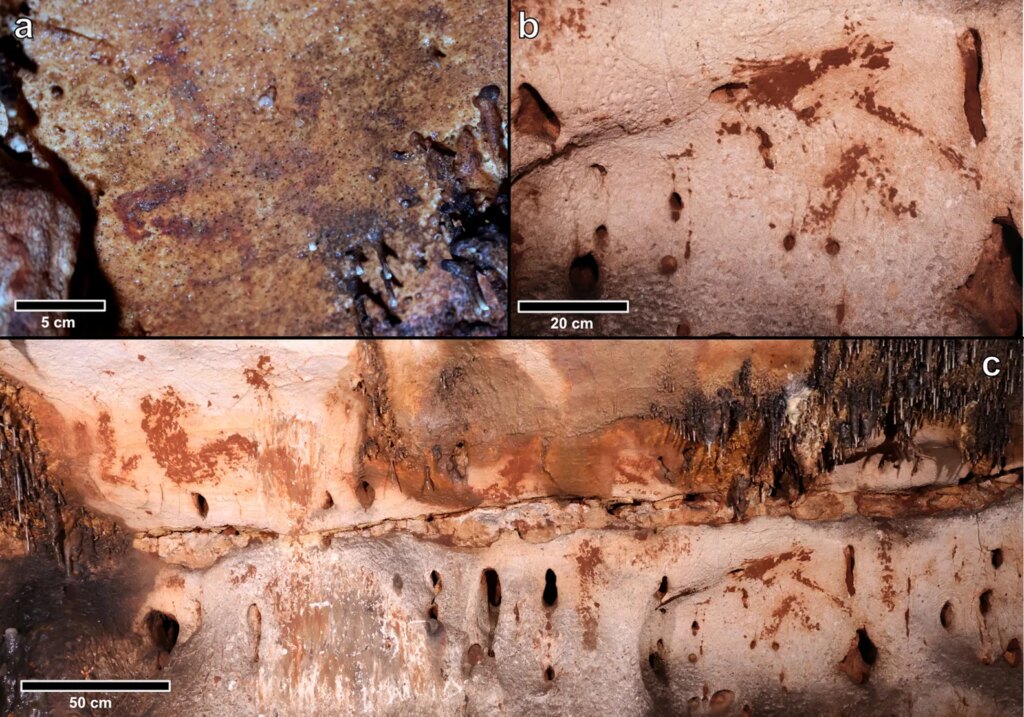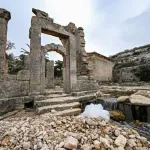
More than 100 Paleolithic cave paintings and engravings have been identified by archaeologists at the Cova Dones site on the eastern Iberian Coast in Spain. Thought to be more than 24,000 years old, the cave may be the most important site of its kind that has been found in the area.
The roughly 1,640-foot-long cave is frequented by hikers and locals alike; however, it wasn’t until June 2021 that the Paleolithic markings were discovered by researchers from Spain’s Zaragoza and Alicante universities in affiliation with the University of Southampton in the UK. Their findings were published in the journal Antiquitylast month.
Though Spain has the largest number of Paleolithic cave art sites, there have been very few documented in eastern Iberia so far.
The team came to realize the cave’s vastness as they surveyed it. Inside, they documented over 100 different designs that were made through a variety of techniques. Due to the intricacy of the markings, this is likely the most important Paleolithic cave art in the region. It rivals the Atxurra site, discovered in northern Spain in 2015, for the greatest number of motifs.
The newly discovered paintings at Cova Dones feature representations of hinds, horses, aurochs, and deer. Unlike other caves of its kind, the majority of the paintings were created using clay—examples of which are rare.
Researchers will continue to survey more areas of the cave over the coming years.


